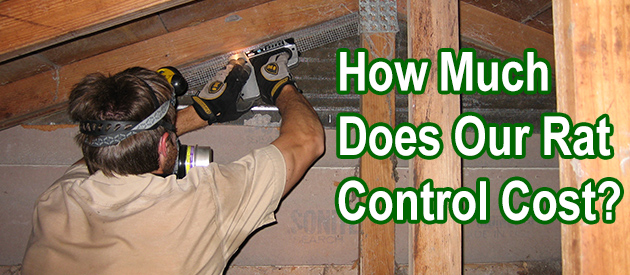Nassau County, Nassau County Rat Control Situation:
I live in Nassau County Long Island and I have been battling a problem with mice getting into my walls and attic off and on for two years. I know the rodents are mice because I have caught several of them in the outside "glue" traps. They are not getting inside my house and I never seen any evidence in cabinets, food etc. So there is no need to explore that anymore. They are just in my walls and attic. I have worked with Terminix, Orkin, Stevens Pest Control, Critter of Long Island. None of these so called "Professionals" have been able to solve the problem but they took my money. Not to mention the numerous things I have tried on my own to solve this problem. I have sealed up all the weep holes with steel wool and several areas around the front of the house where I hear them enter the house every night. I need help desperately trying to find out how the mice are still getting in the house. This is what I need. 1) Contractor who can help find the opening where they are still getting in and seal it up. 2) Contractor who can help get the mice out of my walls 3) Contractor who can help clean up the attic from the rodent residue 4) Contractor who can assess any damage done to insulation, walls, etc. Can you help recommend someone who can honestly and professionally help me with the steps to get rid of this rodent problem? I want to put my house on the market for sale but I need to take care of this problem first.
Nassau County Rat Control Tip of The Week
Are rats hibernating creatures?
Rats are nocturnal:
Rats sleep a lot even without cold conditions. The average rat will sleep between 12 to 15 hours a day and in colder conditions they will often seek warmth so that they can sleep safely for this amount of time. Because rats often walk around at night, detecting them can be somewhat difficult. Making sure that you can detect them often means checking into areas where they could nest or remaining somewhat attuned to what is going on in the night time when they are most active.
Rats breed throughout the year:
Even in the wintertime rats are continuing to breed, make their nests, and live without any issues. They don't hibernate during winter. Instead, rats will continue to breed. Most rats are able to wean a litter in about one month and leave the babies to fend for themselves after that period of time.
Rats will seek spaces to live:
Even though they don't hibernate, rats will seek warm and safe conditions. This means that in the wintertime it's likely that they will be looking for space inside your home where they can spend time sheltering throughout the winter. Spotting areas were rats can get into your home can be important to preventing an infestation.
Food gets scarce in winter:
If you are in an area where the climate gets cold this can lead many rats to find an area where they can access food much easier. Rather than getting stuck with very little food supply over several months, they can detect food that's in your home and then stay close to it.


